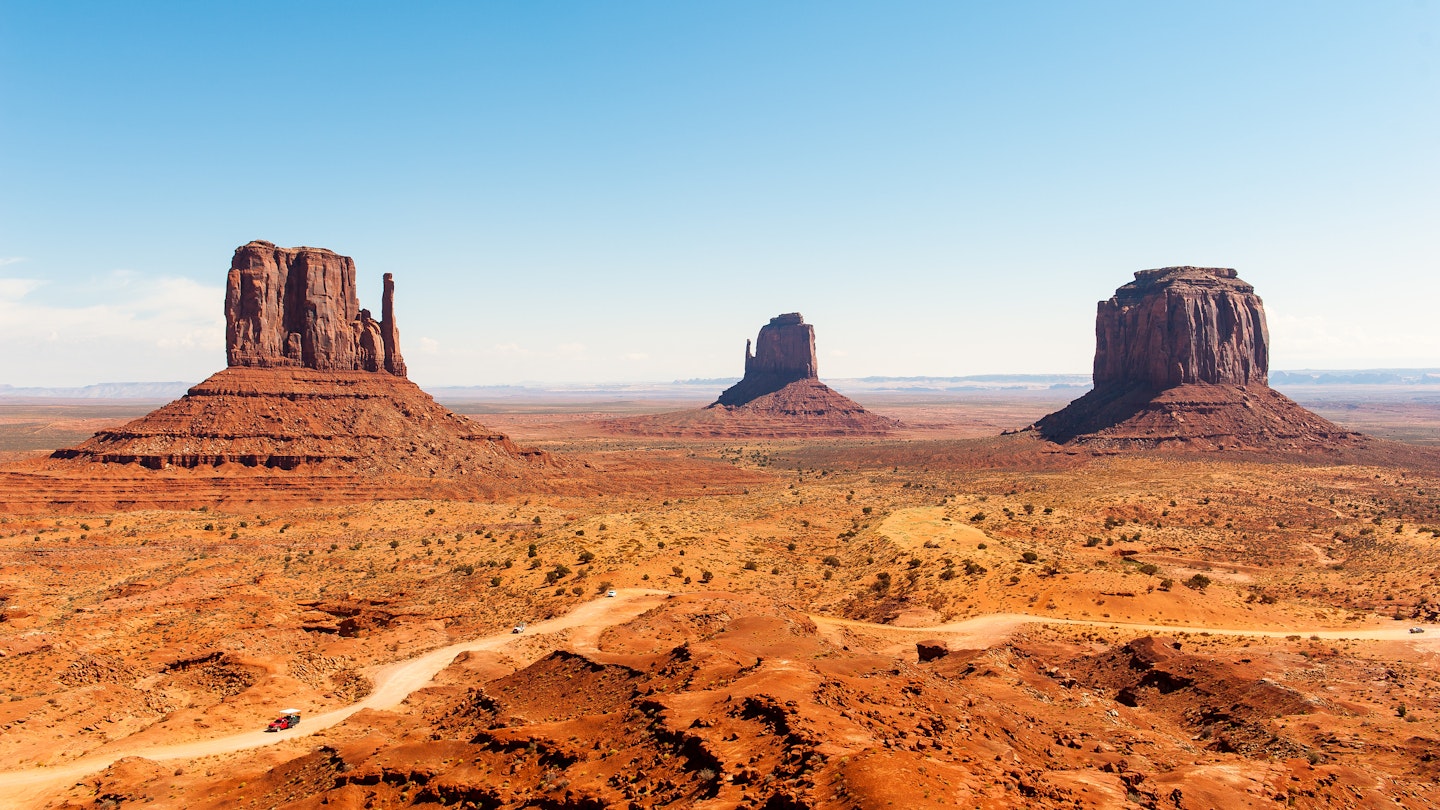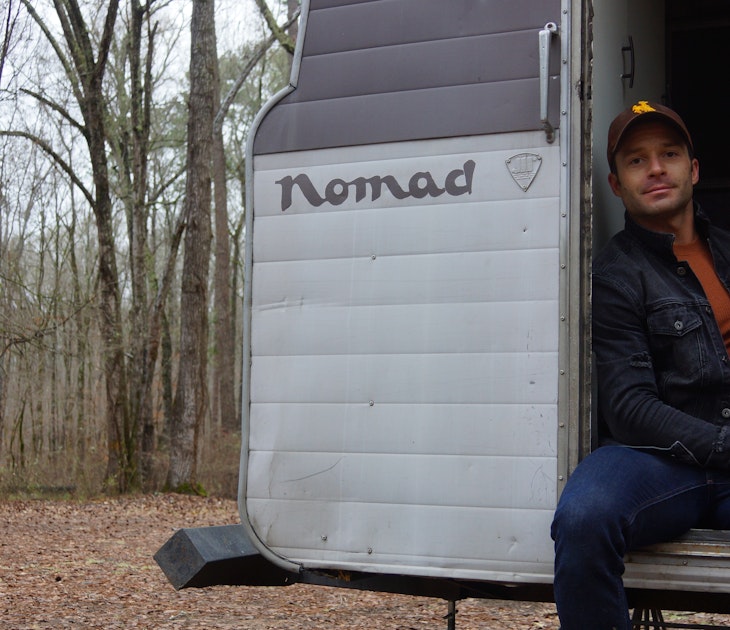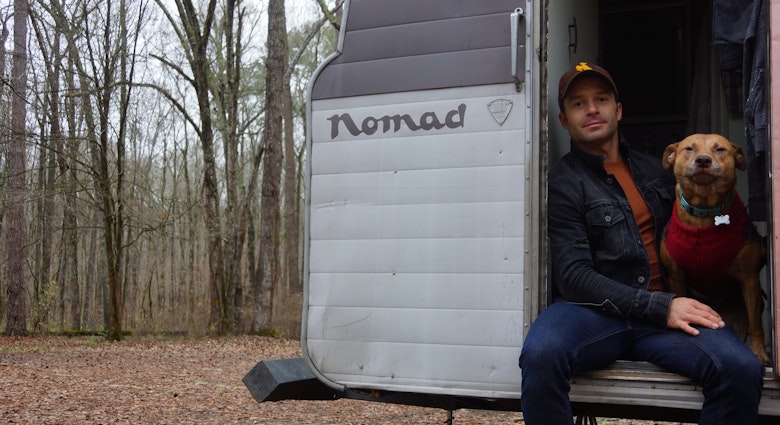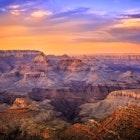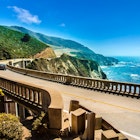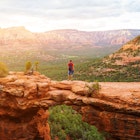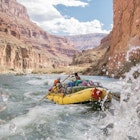There's a good reason Arizona is known as the Grand Canyon State- it's one of the most stunning natural wonders in the world. And while this famous canyon is reason enough for a visit, a road trip across all of Arizona reveals the true breadth of the state's incredible beauty.
The road leads through unique deserts with rare cacti, past colorful vistas with rocks in all manner of shapes, and even alpine forests with ponderosa and pinion pines in higher elevations.
Starting in Phoenix, this route leads through the parks that showcase the best scenery in Arizona.

Lost Dutchman State Park
Featuring the rugged silhouette of the Superstition Mountains, Lost Dutchman State Park, only 34 miles from the Phoenix airport, is the perfect start for this Arizona road trip.
Both mountain and park get their names from a legend featuring a lost goldmine and a local of German (or Deutsch, hence "Dutchman") heritage. Though hikers might not find the legendary treasure, they have plenty of rugged trails to explore.
Besides hiking and biking opportunities, the park offers cabins and campsites for overnight guests.
Casa Grande Ruins National Monument
From Lost Dutchman, head south through wild desert scenery to Coolidge for a stop at Casa Grande Ruins National Monument, which showcases the remains of a Hohokam village that date back to between 1150 and 1450. In addition to the showstopping Casa Grande, the park also offers the chance to experience the Sonoran desert up close and in person.
Saguaro National Park
Saguaro National Park protects the giant saguaro cactus, which is the most famous symbol of the Southwest and the plant that produces the state flower of Arizona. Laying on both sides of Tucson, the park is divided into two districts.
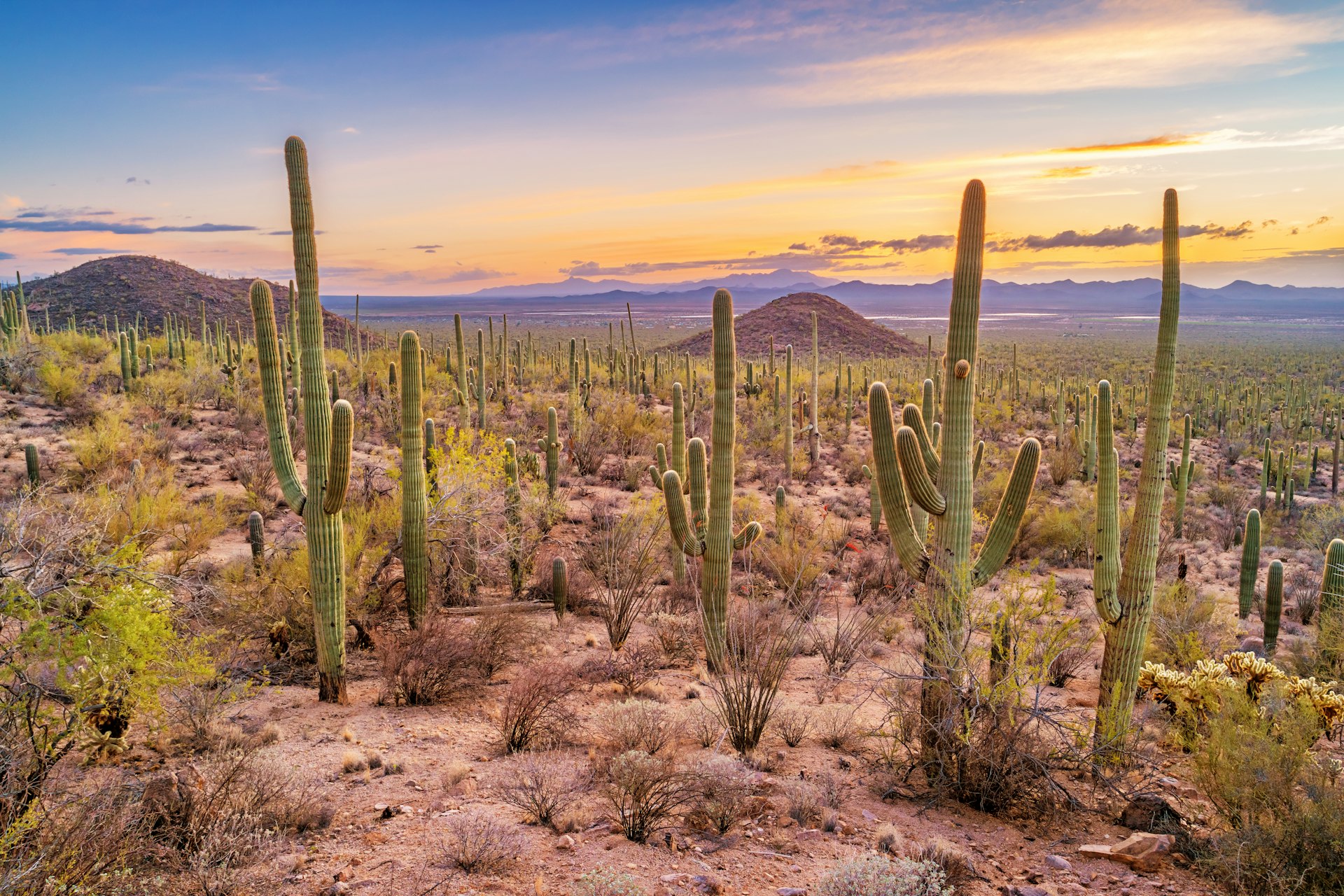
The more popular Tucson Mountain District (Saguaro West) boasts a denser saguaro forest. Here, the scenic Bajada Loop Drive takes visitors through gorgeous desert scenery, also showcasing a few prehistoric petroglyphs.
Though fewer saguaros adorn the Rincon Mountain District (Saguaro East), this area is larger and has more hiking trails.
Tumacácori National Historical Park
The next national park on this Arizona road trip is Tumacácori National Historical Park. This park preserves the remains of a Spanish mission in a town of the same name. Besides information about life in the mission, visitors here will also learn about the local Native cultures. A stop at Tumacácori also provides the chance to experience a unique piece of desert, a woodland plant community along the Santa Cruz River.
Kartchner Caverns State Park
Featuring spectacular cave formations, Benson's Kartchner Caverns State Park is a subterranean wonderland. Guided tours designed to protect the fragile ecosystem of the living cave take visitors through two separate sides of the cavern.
The Throne Room Tour is open year-round, while the Big Room tour is only available from mid-September to mid-April- the rest of the year, migrating bats roost here.
Chiricahua National Monument
Chiricahua National Monument in Willcox is a wonderland of rocks featuring dramatic stone spire formations known as hoodoos. While stops along the Bonita Canyon Scenic Drive showcase gorgeous panoramas, several trails, such as the Echo Canyon Loop, offer hikers a closer look.
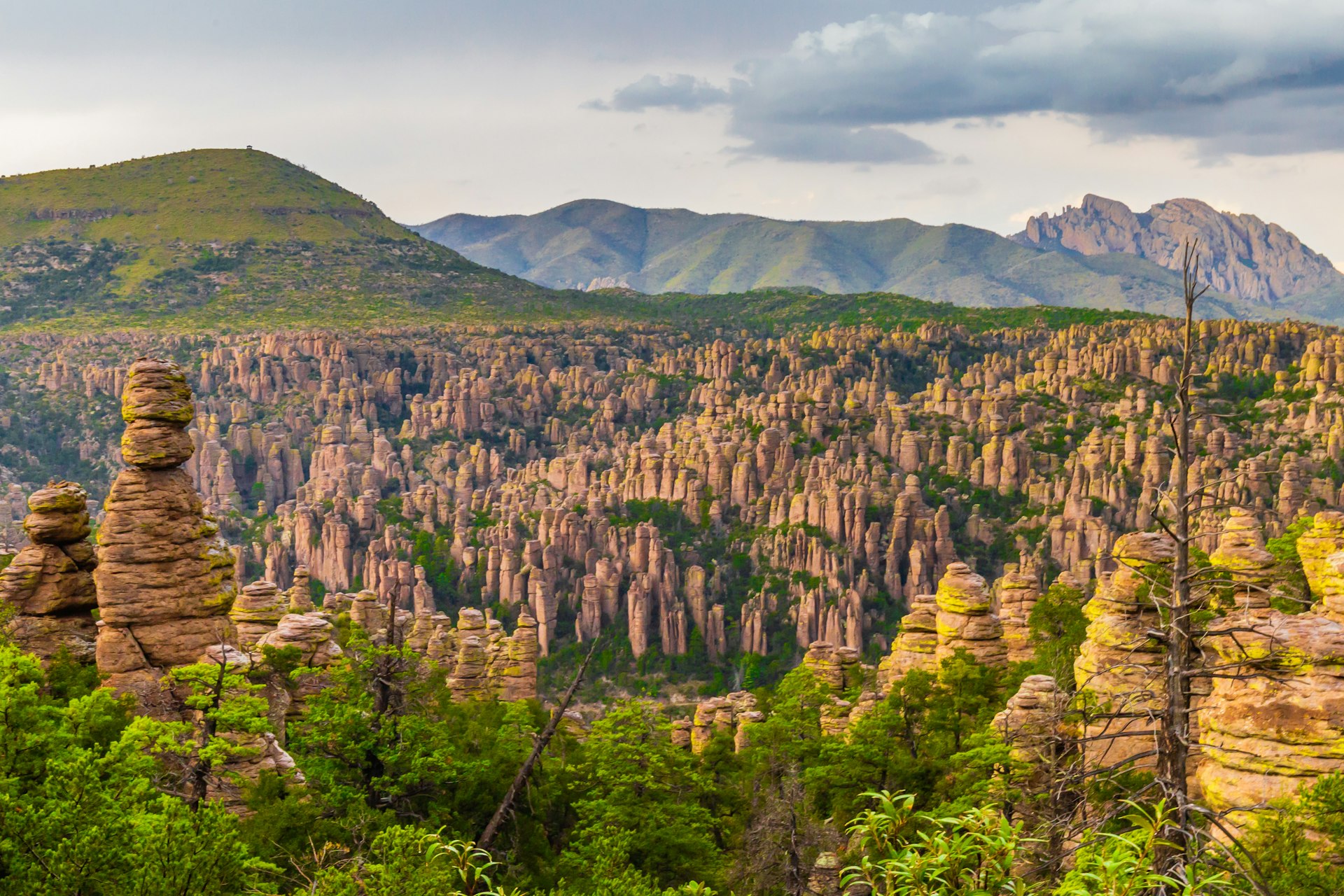
Besides enjoying this unique landscape, visitors can also learn about the history of the Faraway Ranch and the Chiricahua Apaches who call the area home.
Petrified Forest National Park
Next, travelers should head to Holbrook and Petrified Forest National Park.
One of the most unusual landscapes in the world, this desert park showcases colorful logs of petrified wood and prehistoric reptile fossils that are millions of years old. Besides its natural beauty, Puerco Pueblo Ruins and the nearby Newspaper Rock stand witness to the area's rich human history.
Canyon de Chelly National Monument
Passing through the Navajo Nation, the road takes travelers to Chinle and Canyon de Chelly National Monument. Driving along the rim, a stop at the Spider Rock overlook offers one of the area's most spectacular views.
A visitor center with a fully furnished hogan in front offers information about the park and guided tours into the canyon. The only self-guided trail leads to White House Ruins on a short but steep route through swirling rock formations.
Monument Valley Navajo Tribal Park
Next, our route passes through the most spectacular spot in the Southwest, the world-famous Monument Valley. The Navajo Tribal Park offers a close-up view of the famous landmarks and guided tours along the dirt roads through the Valley.
Wupatki and Sunset Crater Volcano National Monuments
Take a break from the canyons and deserts with a detour to a volcanic field. On your way, Wupatki National Monument near Flagstaff preserves the remnants of ancient villages inhabited by various Ancient Pueblo People tribes between 1040 and 1250.
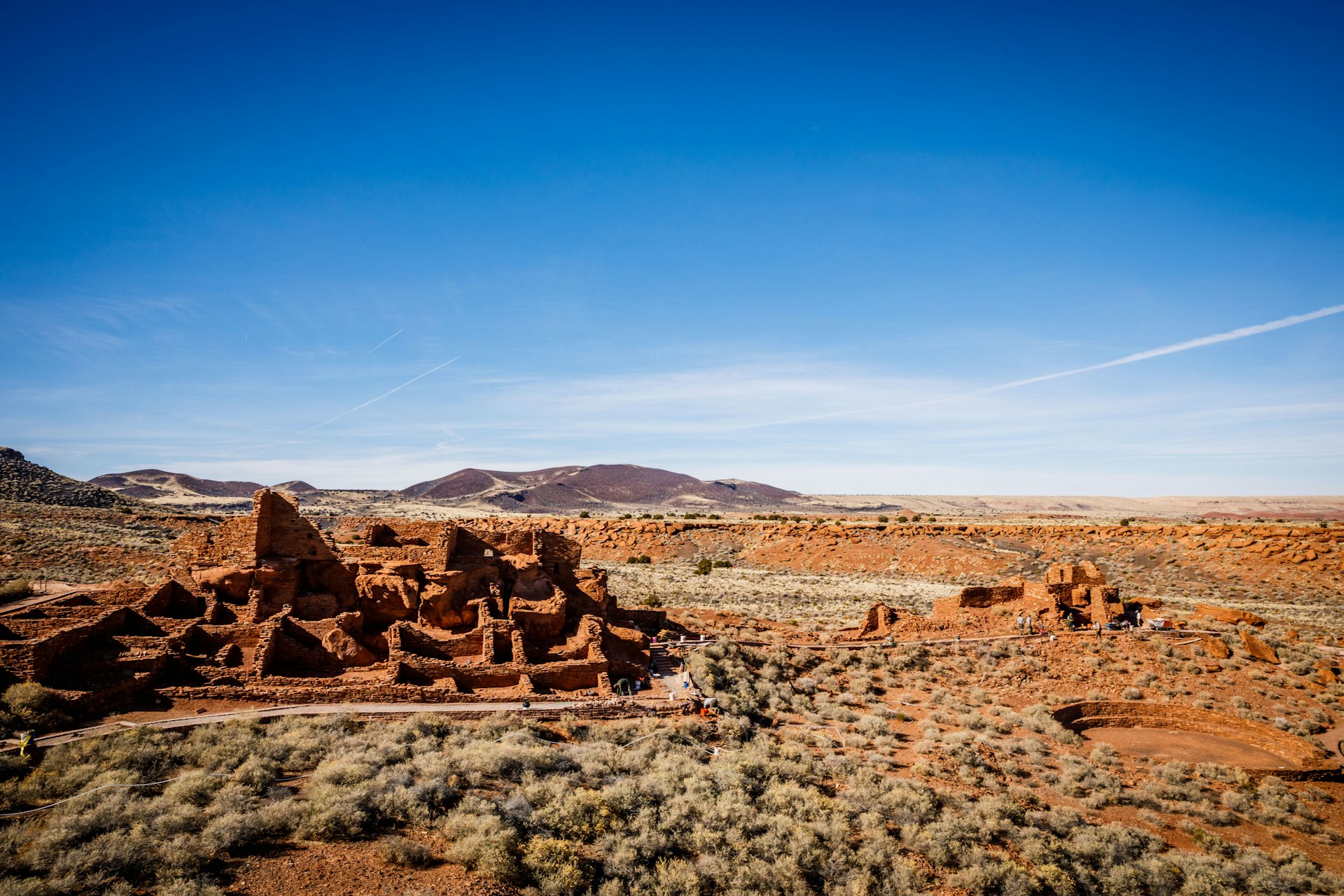
Nearby, Sunset Crater Volcano National Monument protects the youngest volcano in the area. Here, hikes through the Bonito Lava Bed and to the top of Lenox Crater offer one-of-a-kind experiences. A campground, open from May through October, offers sites on the lava bed in the shade of tall Ponderosa pines.
Walnut Canyon National Monument
While in the Flagstaff area, pay a visit to Walnut Canyon National Monument, named for the black walnut trees growing at the bottom of the canyon. This surprisingly green park boasts forests of ponderosa and pinyon pines as well as juniper. Walnut Canyon also showcases Sinagua cliff dwellings built between 1100 and 1250 on the sides of a steep butte.
The steep Island Trail leads to the Sinagua cliff dwellings, though the hike's a bit of a challenge with some 200 stairs along the way. A more accessible trail on the edge of the rim provides gorgeous views of the wooded canyon.
Montezuma Castle and Montezuma Well
The last stop before getting back to Phoenix on this Arizona road trip is Montezuma Castle National Monument. Contrary to what the name suggests, Montezuma Castle was built by the Sinagua, who had nothing to do with Montezuma. The spectacular five-story cliff dwelling housed an entire village. About ten miles from the "castle," Montezuma Well, also part of the park, is a natural sinkhole in the desert that has created an oasis, home to an array of wildlife.
